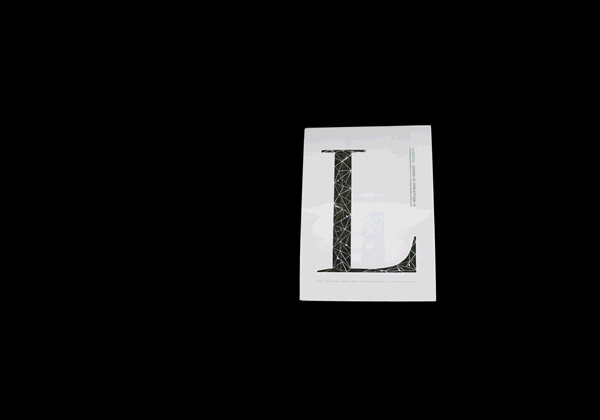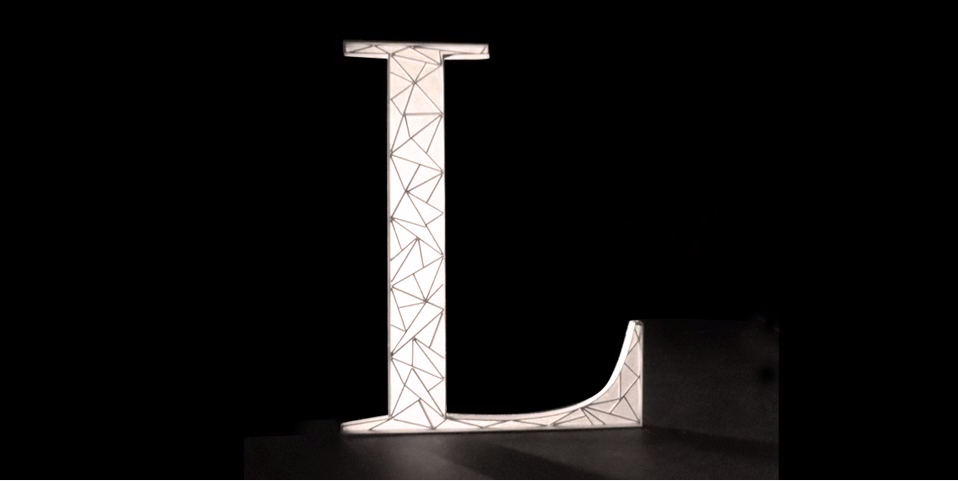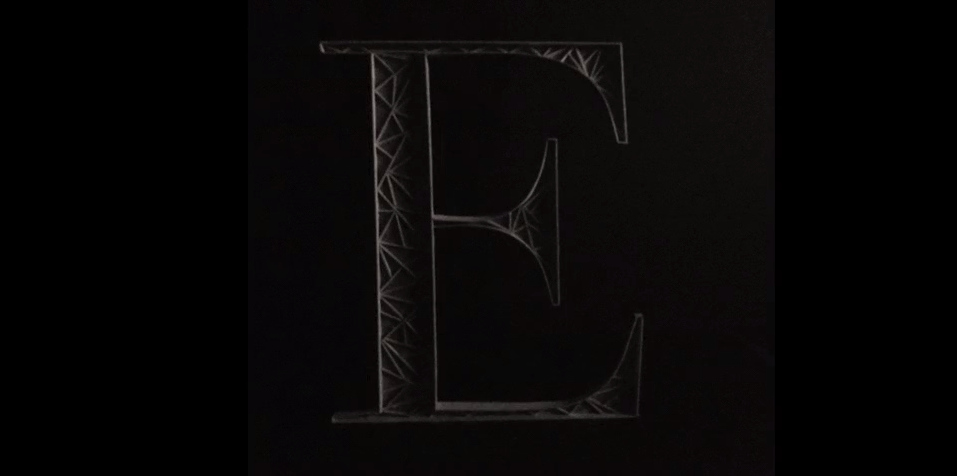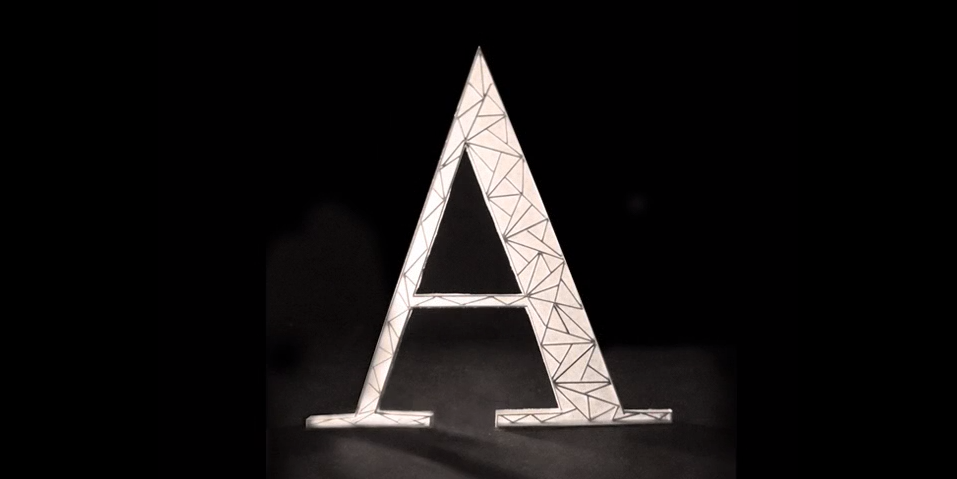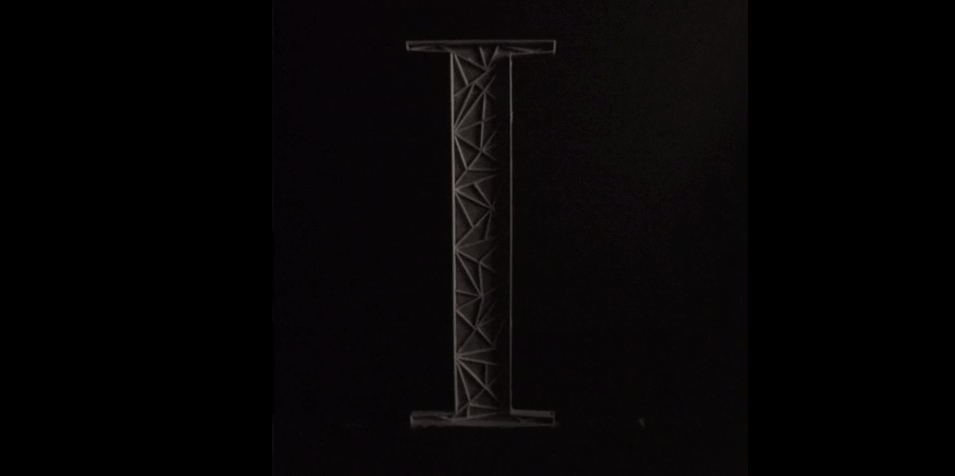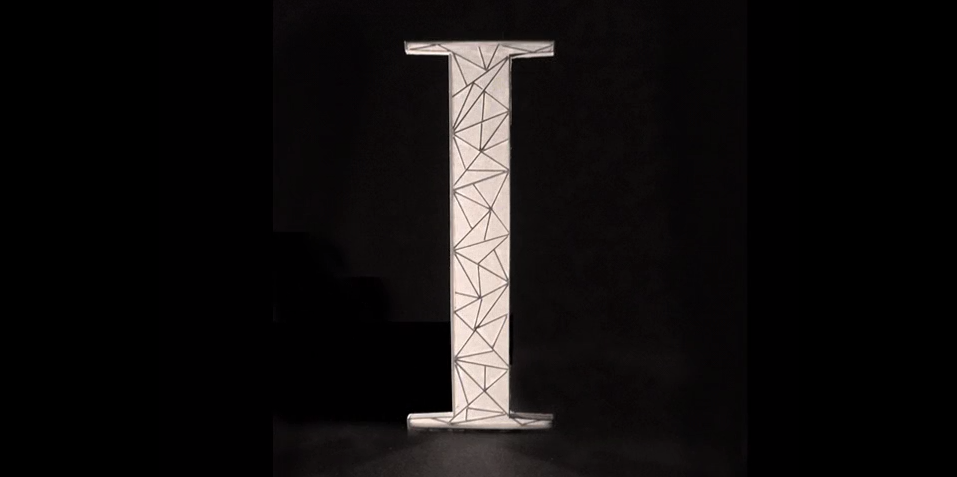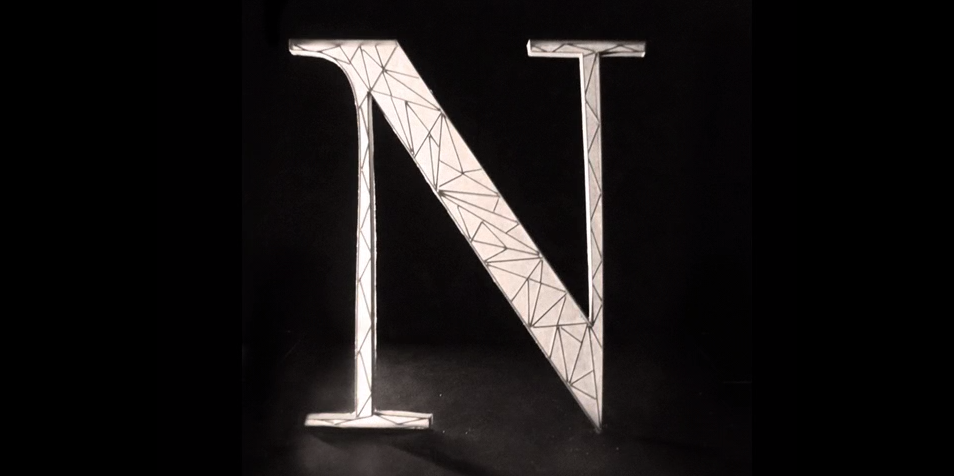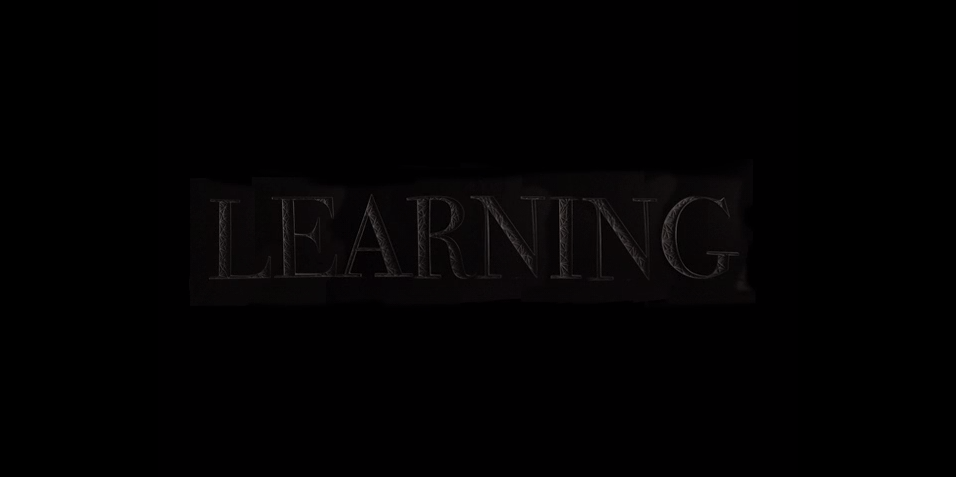Suzhou Project
Design Exploration through a poster and motion piece for a different Culture and Audience
The purpose of this project was mainly a cultural exchange, and served me as an opportunity to take inspiration from another culture. As communication designers embedded in a global community, it is important to understand that visual communication is a borderless language, and sometimes we might face design situations that will challenge us to expand our learning boundaries.
In my case I was assigned the Chinese city of Suzhou, not a widely known city among the international community. The project consisted on designing an informational poster for the conference "Doors of Perception 10" for that specific audience, and I had to pick a determined location where that conference was going to be held. The theme of the conference was John Thackara's vision of "learning" in his book "In the Bubble"—used in a previous design exercise. Indeed this became a very challenging project to me, because I had to expand my understanding beyond the conventional perception of what I believed any Chinese city would be identified with: "the yellow and red colors". I've never been to China and trying to learn from the City of Suzhou, and its famous gardens from the internet was a very complicated task. On the other hand, they are known among China for their minimalistic aesthetic and their soft natural colors, which tested my skills because I had a lot of information to add to that poster. After several failed trials, I had to go back to basics and focus on the history and architecture of the Gardens, and use elements of its locality in my design; the focus of the design execution of the project was placed in the way I was going to manage the typographic elements.
Additionally, we had to create a promotional piece for the conference. The use of design elements had to be aligned with the aesthetics employed previously in the posters. So I decided to build the letters and create a stop motion that would be literally illuminated, to mirror the feeling of being illuminated by knowledge. Since these Gardens are very ancient and have a long history of wisdom, I paired the motion piece with Tibetan signging bowls commonly used in meditation.








